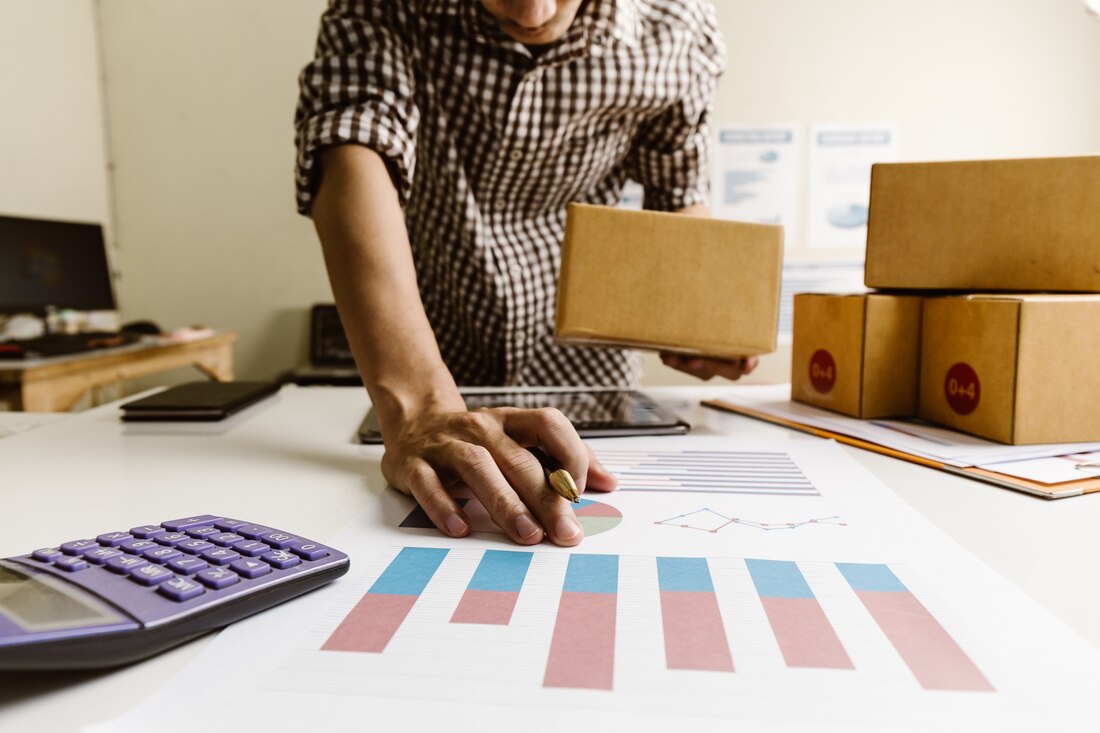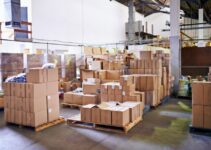E-commerce and returned products have grown exponentially when we consider the statistics before the pandemic. With a not-so-common spike during COVID-19, the surplus industry and how it was boosted by online platforms are not going anywhere.
Today, they are redefining what people get and the feature of the retail landscape. What was once viewed as a costly inconvenience is now a strategic opportunity.
But what has caused the booming of returned goods?
The main reason likes in the power of reverse supply chain partnerships.
While many people underestimate alliances, collaborating always brings a boost as long as it is done right.
By collaborating with specialized partners and leveraging technology, businesses are transforming returns into new revenue streams. Moreover, they boost sustainability and enhance customer loyalty.
Coastal Surplus Solutions understands their role and how partnerships can change it all. With over a decade of experience, we have come to learn about the reverse supply chain and much more.
What Is the Reverse Supply Chain?
In simple words, it is the process of moving goods from the customer back to the seller, manufacturer, or recycler.
How does it exactly work?
You have the product returns, warranty repairs, recycling initiative, refurbishing, and resale. All of them are part of your chain instead of the traditional supply chain.
The latter focuses on delivering products to customers. Meanwhile, the reverse supply chain handles the inbound flow of used, unwanted, or surplus goods.
In other words, the entire chain handles the items most people don’t want or cannot be considered “new” anymore. They are moved back to the “source” and are handled carefully.

The Business Case for Reverse Logistics
Most people find it extra to work with surplus and returns. After all, they range from 20 to 40% in return rates. This is a high rate considering how all categories are included and how this means that waste is moved on the planet.
However, returns are not a waste or lost inventory. For many, they drain resources or lead companies to lose opportunities.
They can be a hidden value due to their functionality and how most of them still work. if not, they can be repaired, refurbished, and later on, resold.
This is what turns it all into a profitable asset and chain on your side.
How does this work?
A well-structured reverse logistics strategy must be in place. This is the only way companies can get the benefits:
- Regain value from returned goods.
- Reduce waste and disposal costs.
- Enhance customer loyalty.
- Working with the circular economy
- Follow and achieve goals beyond profits.
Best Practices for Maximizing Revenue from Returns
With its popularity rising, reverse supply chain partnerships are being established everywhere.
Establishing one does not mean immediate success. You need to work on a plan that is clear, offers insight into the whole idea, and you notice the difference in the way the entire process works.
At Coastal Surplus Solutions, we have compiled a collection of practices that we are sure will help you.
They focus on getting returns to be valuable and offer great profits:
- Invest in automation and data analytics. Doing so streamlines sorting and the process of grading your returns is simpler and more comfortable.
- Develop clear, customer-friendly return policies. This encourages loyalty and repeat business.
- Partner with specialized reverse logistics providers.
- Integrate sustainability into every step. This includes relying on repairs, reuse, and recycling every time. Nothing goes to disposal unless it is truly the only option.
The reverse supply chain industry entails a lot. However, partnerships are a great start and middle point to work on growth.
Feel free to contact us to learn more and how your specialized information and support.





